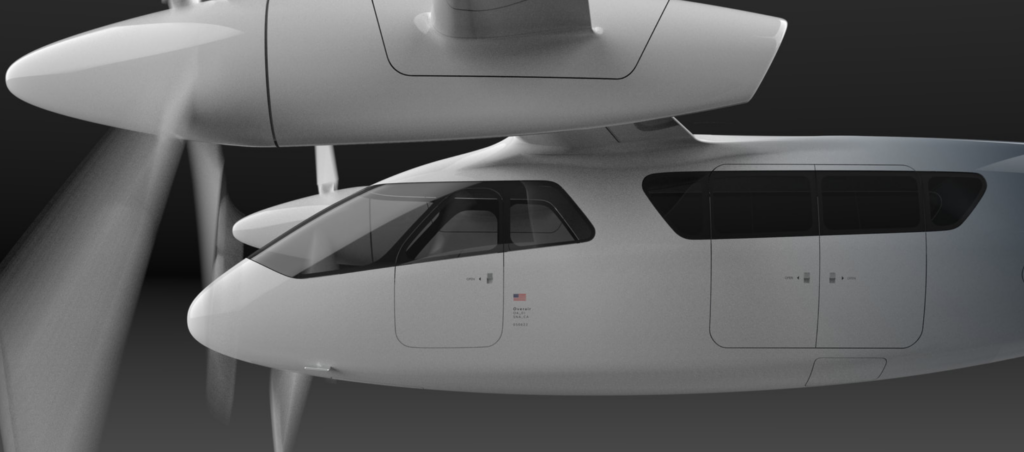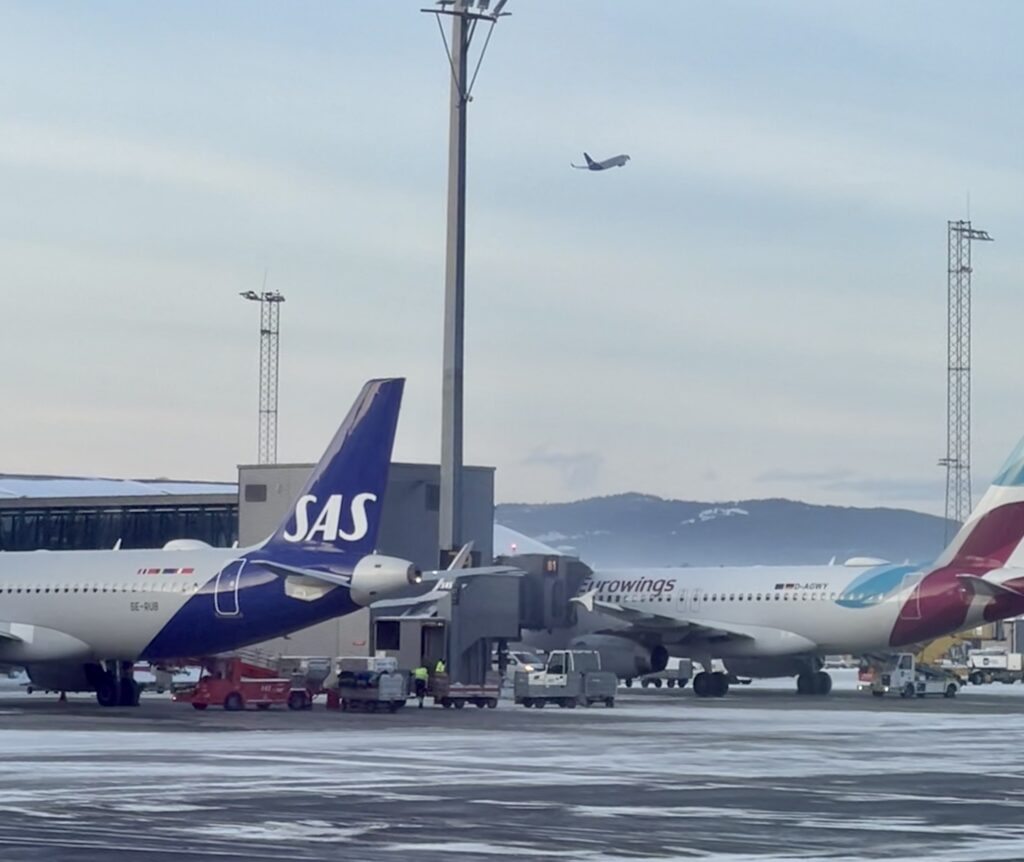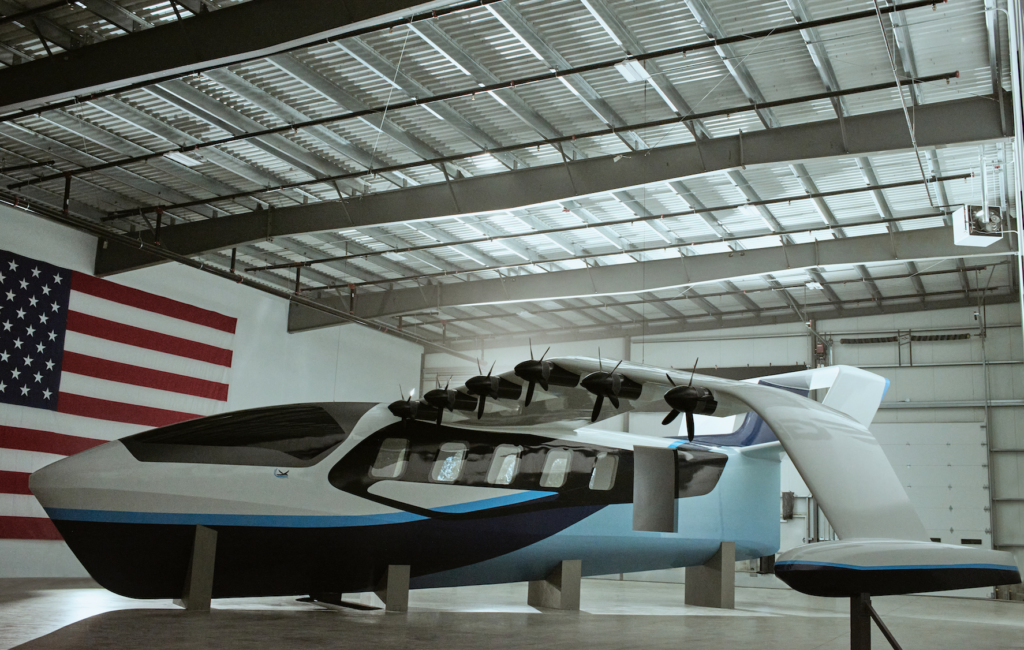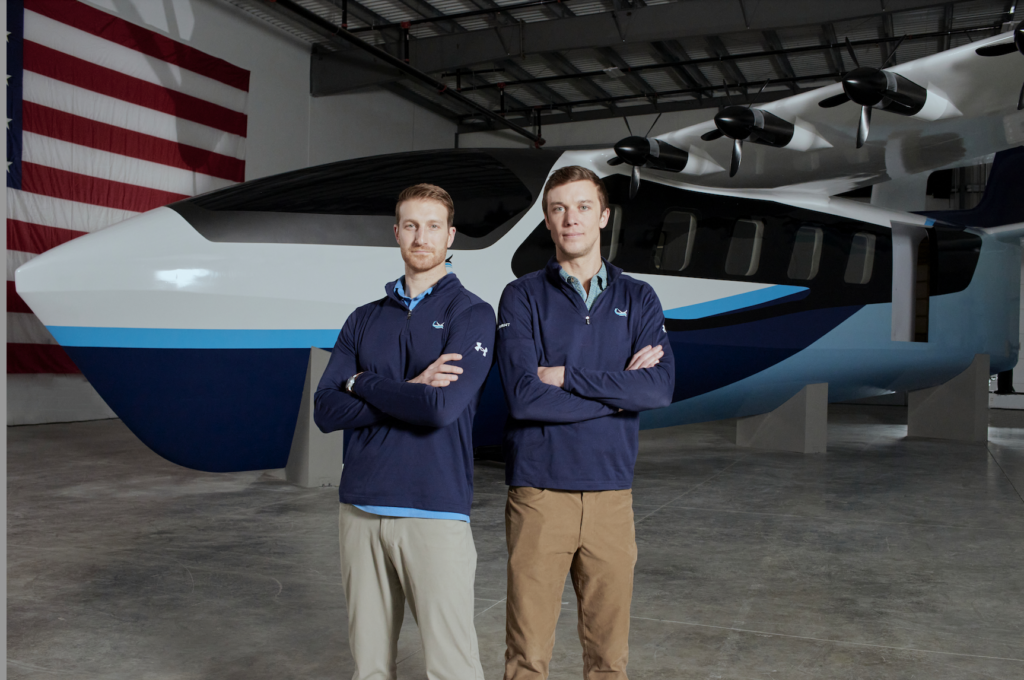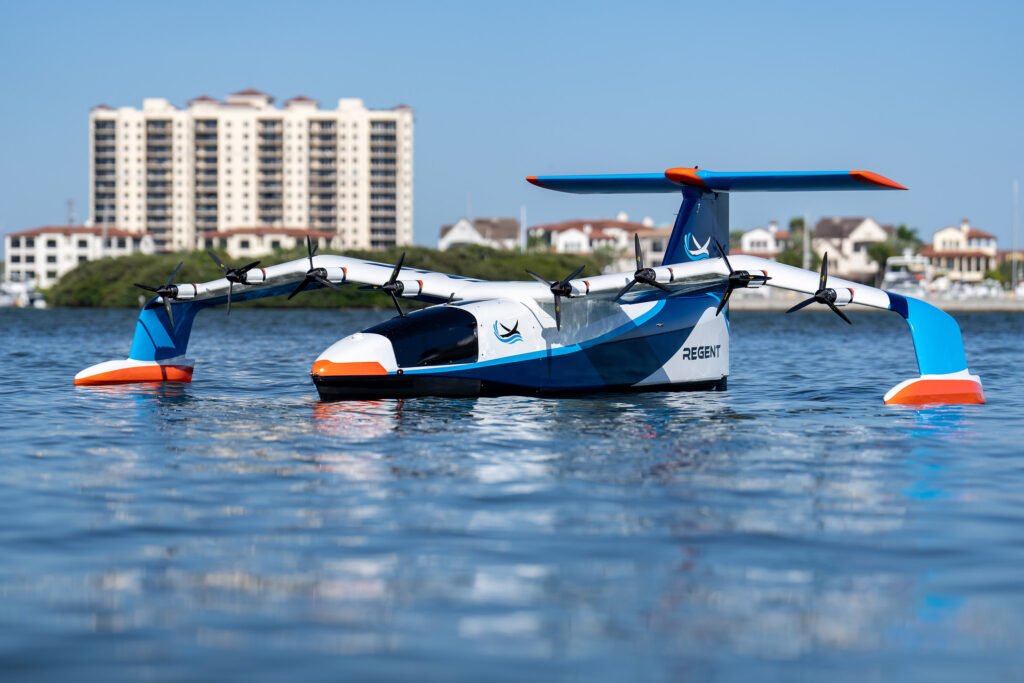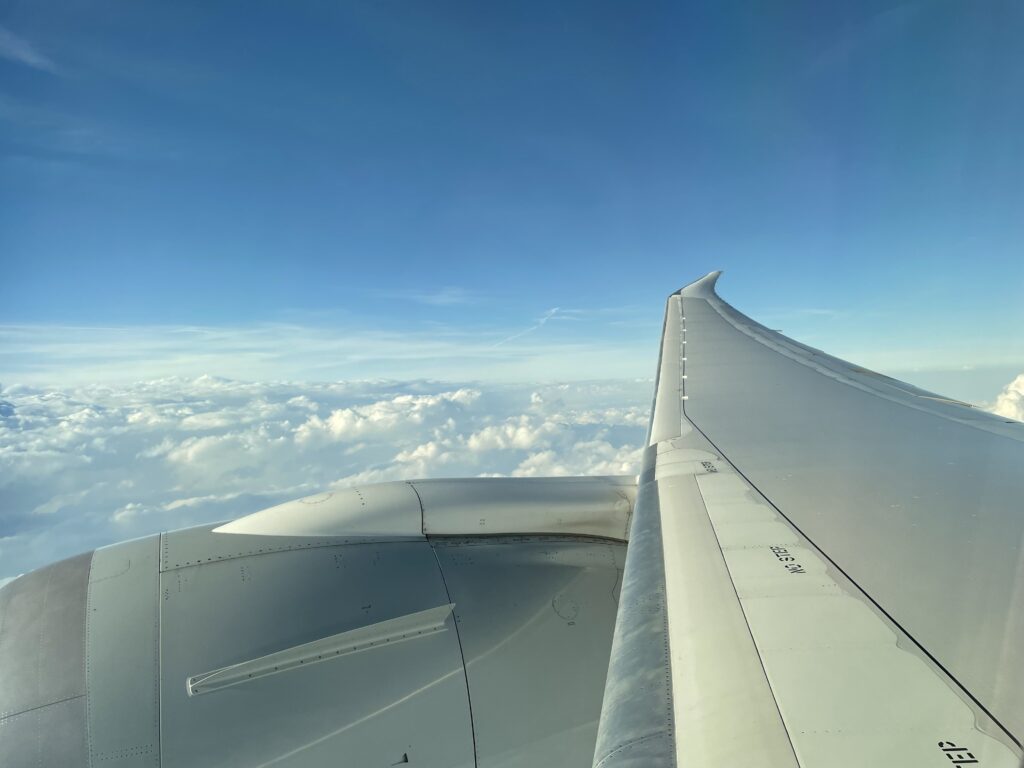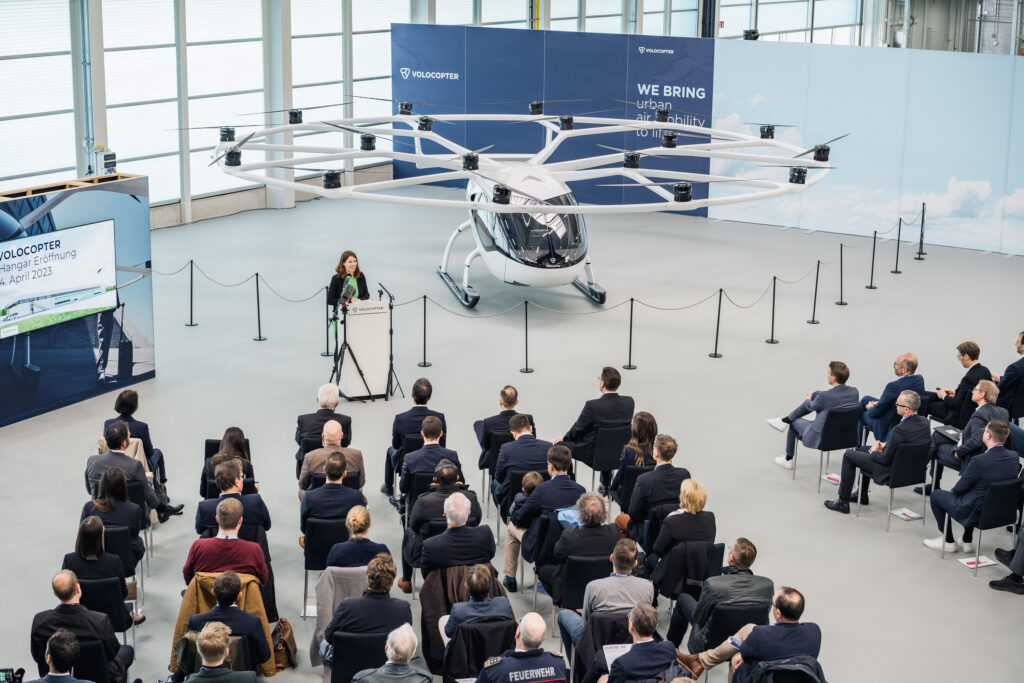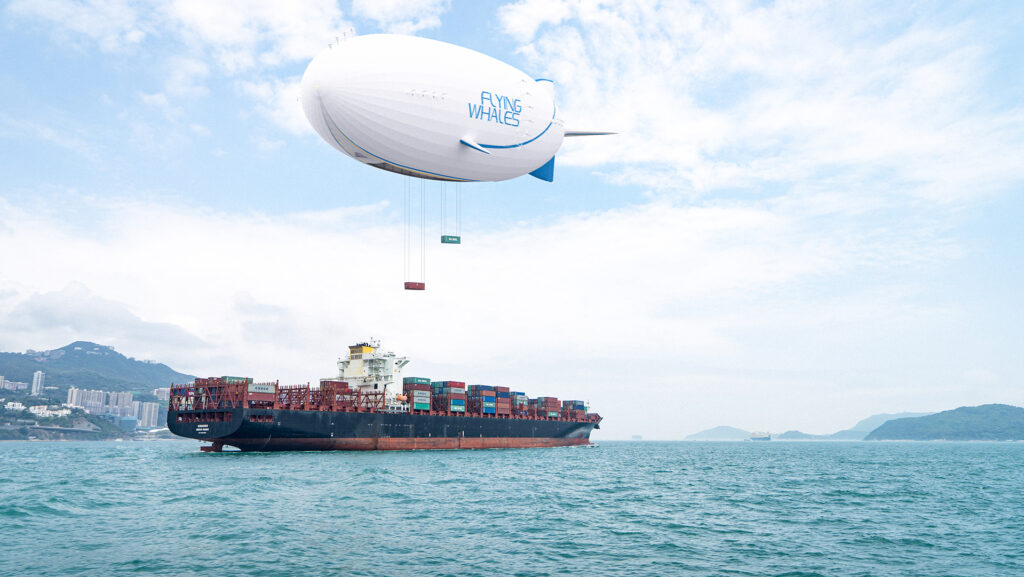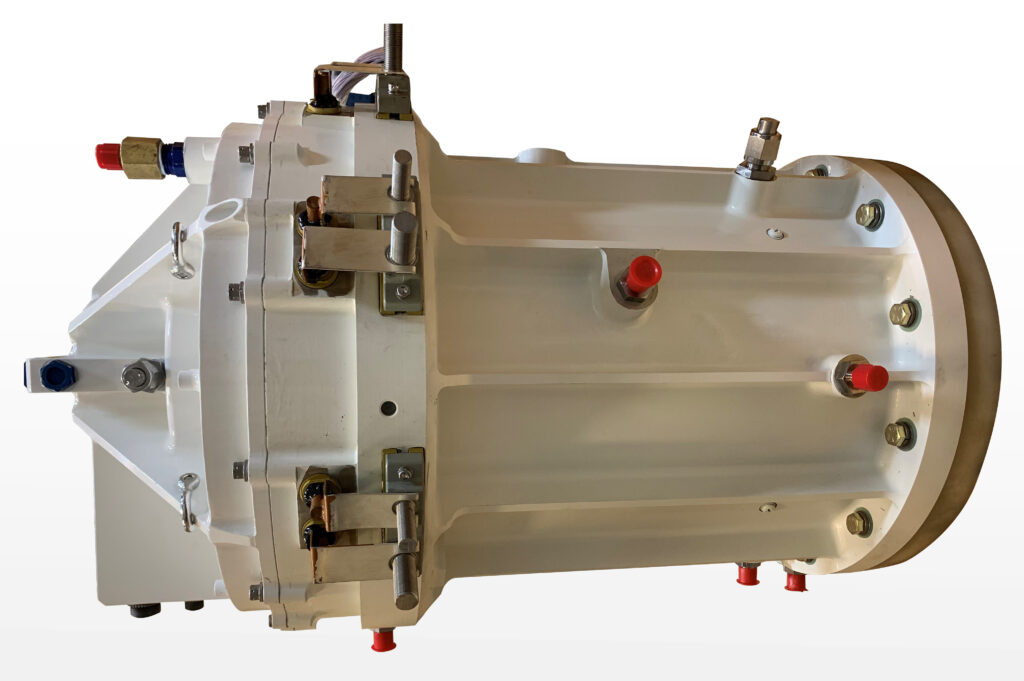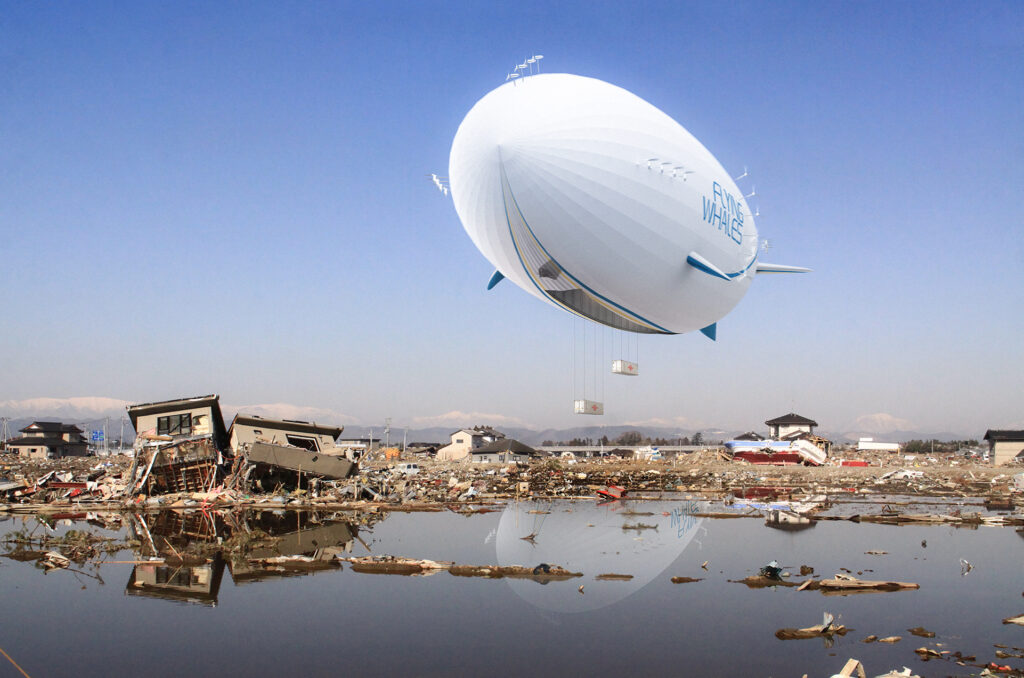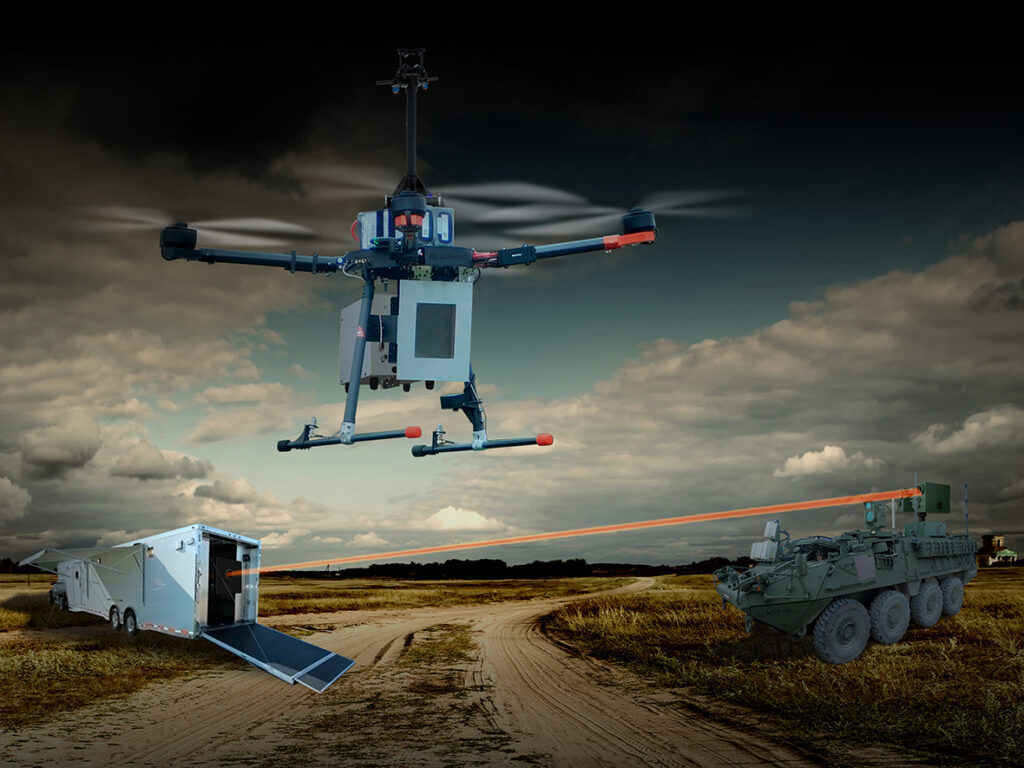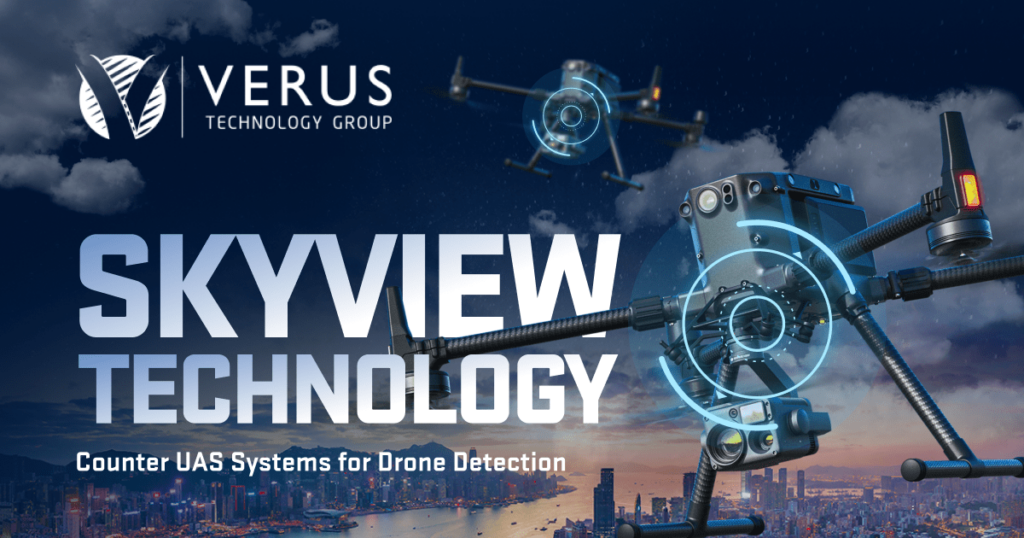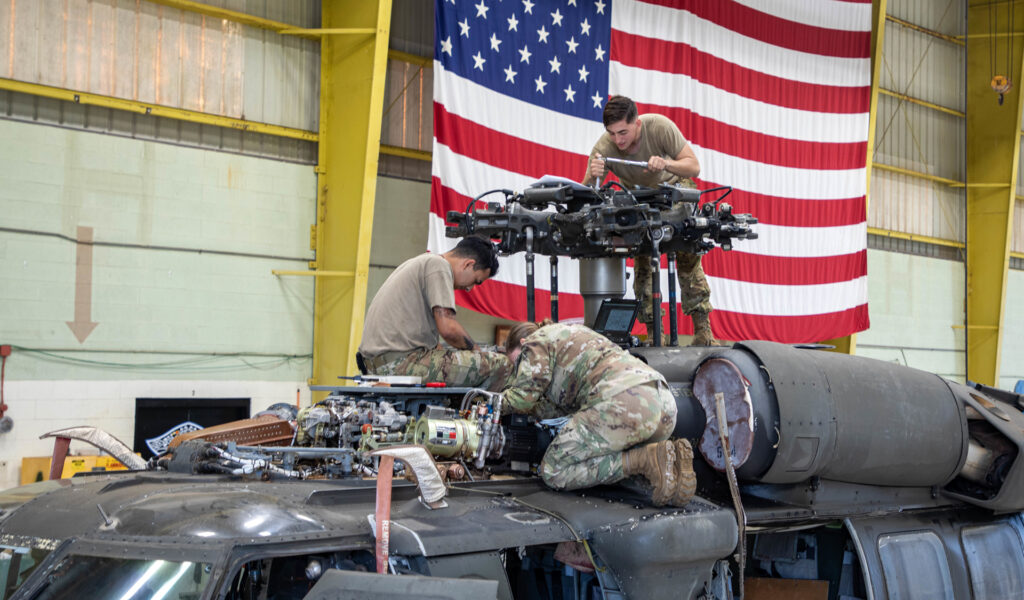PLANA Wins iF Design Award
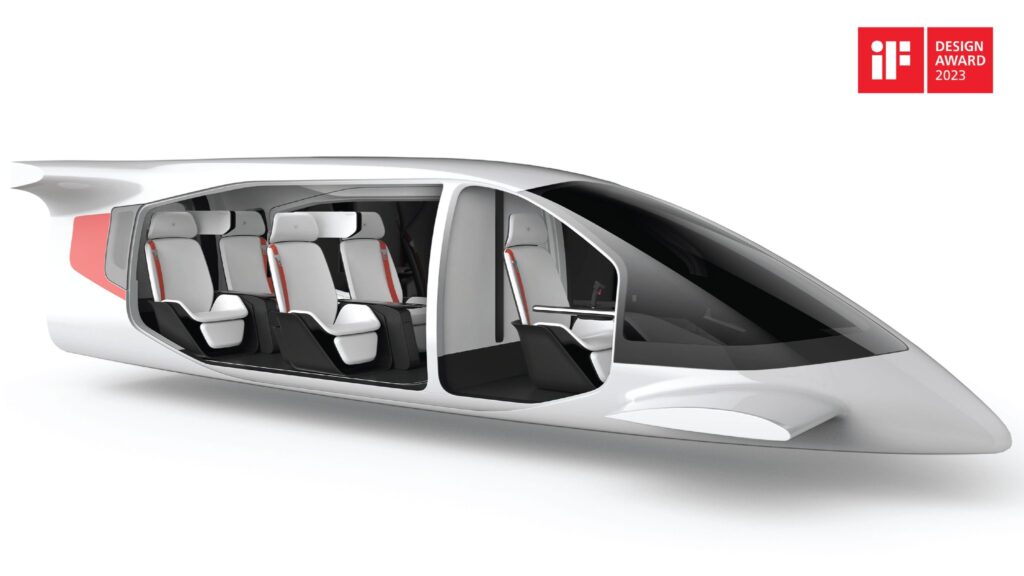

eVTOL developer PLANA received the iF Design Award in the Professional Concept category. The company also launched a revamped version of its website this week and revealed the codename for its hybrid eVTOL, the CP-01. (Photo: PLANA)
On April 17, 2023, South Korean aircraft developer PLANA announced that it won a highly-coveted iF Design Award. Winning in the Professional Concept category, this recognition highlights the developer’s commitment to its goal of creating sustainable air travel with electric vertical take off and landing (eVTOL) aircraft.
Hosted annually in Germany, the iF Design Awards are widely viewed as one of the top award recognitions for designs (along with the Red Dot Design and IDEA). Due to its popularity, the program received thousands of submissions: the Professional Concept category in which PLANA competed received over 11,000 entries. Winning the award is a testament to PLANA’s advanced design, which includes a highly aerodynamic exterior and an interior aimed to create a comfortable and safe customer experience through the use of wide doors, bucket seats, and a variety of storage options. Winning this award also means PLANA has become a part of a small group of eVTOL developers, like Lilium and Vertical Aerospace, to receive this recognition.
PLANA is an advanced air mobility (AAM) developer. Its focus, which includes both urban air mobility (UAM) and regional air mobility (RAM), has become an area of great interest in the industry as manufacturers and carriers alike seek new ways to connect regions and destinations that cannot be profitably served using existing aircraft and infrastructure. PLANA’s new eVTOL design will be significantly more environmentally friendly than today’s conventional aircraft since it boasts over 80% less carbon dioxide emissions when compared to existing helicopters. The aircraft will have a range of 310 miles (500 kilometers), and with the company just recently opening offices in the United States, is undergoing certification from the Federal Aviation Administration. PLANA hopes to introduce this aircraft into commercial service by 2028.
The development of PLANA’s new eVTOL aircraft has made tremendous progress in the past few months. In October 2022, the company raised $9 million in a pre-series A fundraising round to give the company much-needed capital to further design and plan the concept. In November 2022, the company selected Electric Power Systems to create battery systems for its design. And finally, just last month, the company signed an MoU with South Korean wireless carrier LG Uplus to conduct a joint research effort focused on 5G-based data communications and its application to UAM. Furthermore, PLANA also signed an MoU with South Korean low-cost carrier Jeju Air to collaborate and create an advanced air mobility ecosystem.
PLANA’s recent achievement reflects the company’s dedication and ability to use eVTOL technologies to make air travel cleaner and more accessible to more remote areas of the world. As the company continues to grow and develop its prototype, it comes closer to fulfilling the promise of sustainable, short-haul air travel.
The eVTOL developer also launched an updated version of its website this week. PLANA introduced the codename for its hybrid eVTOL on the new site—CP-01. Additionally, PLANA’s team is participating in the World IT Show 2023 this week in Seoul.

PLANA’s new website (Photo: PLANA)
The company recently opened offices in San Jose and Irvine, California, as part of its U.S. expansion. This gives PLANA more access to the FAA and prospective American partners.
The post PLANA Wins iF Design Award appeared first on Avionics International.
—————
Boost Internet Speed–
Free Business Hosting–
Free Email Account–
Dropcatch–
Free Secure Email–
Secure Email–
Cheap VOIP Calls–
Free Hosting–
Boost Inflight Wifi–
Premium Domains–
Free Domains







